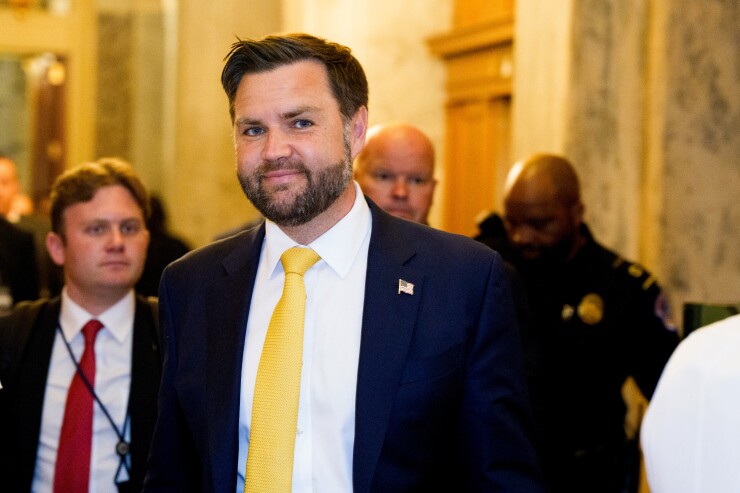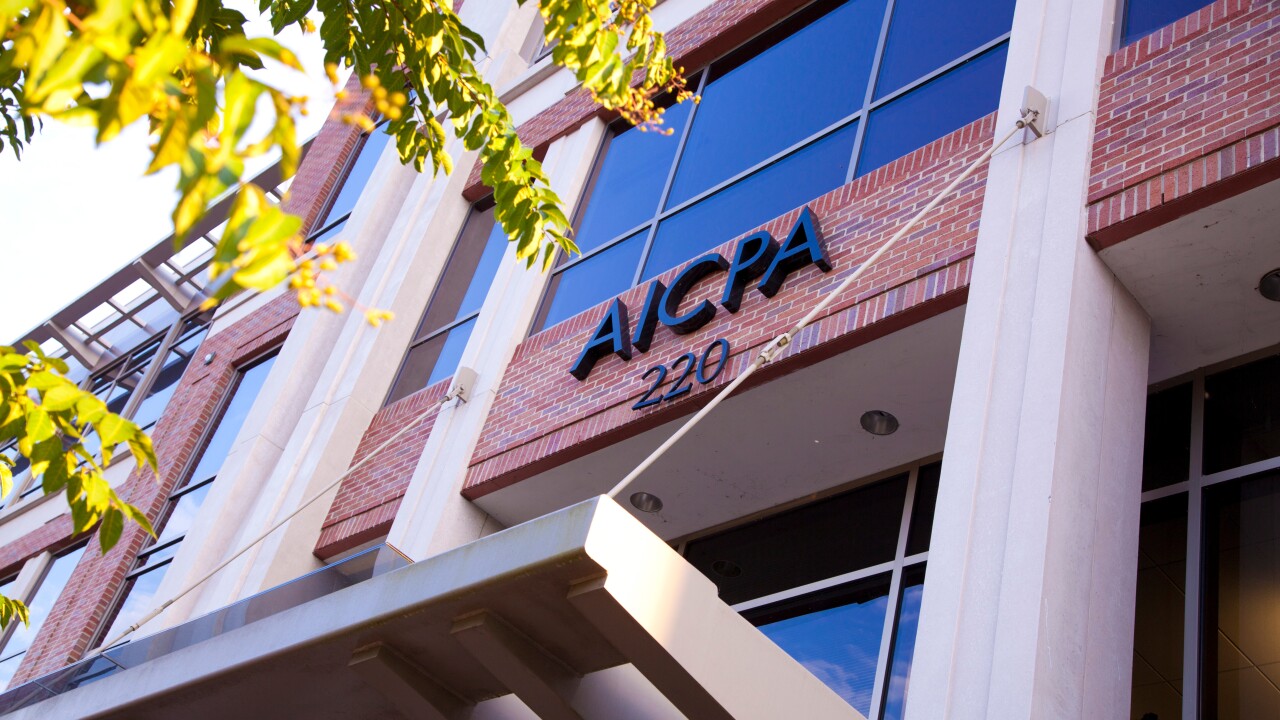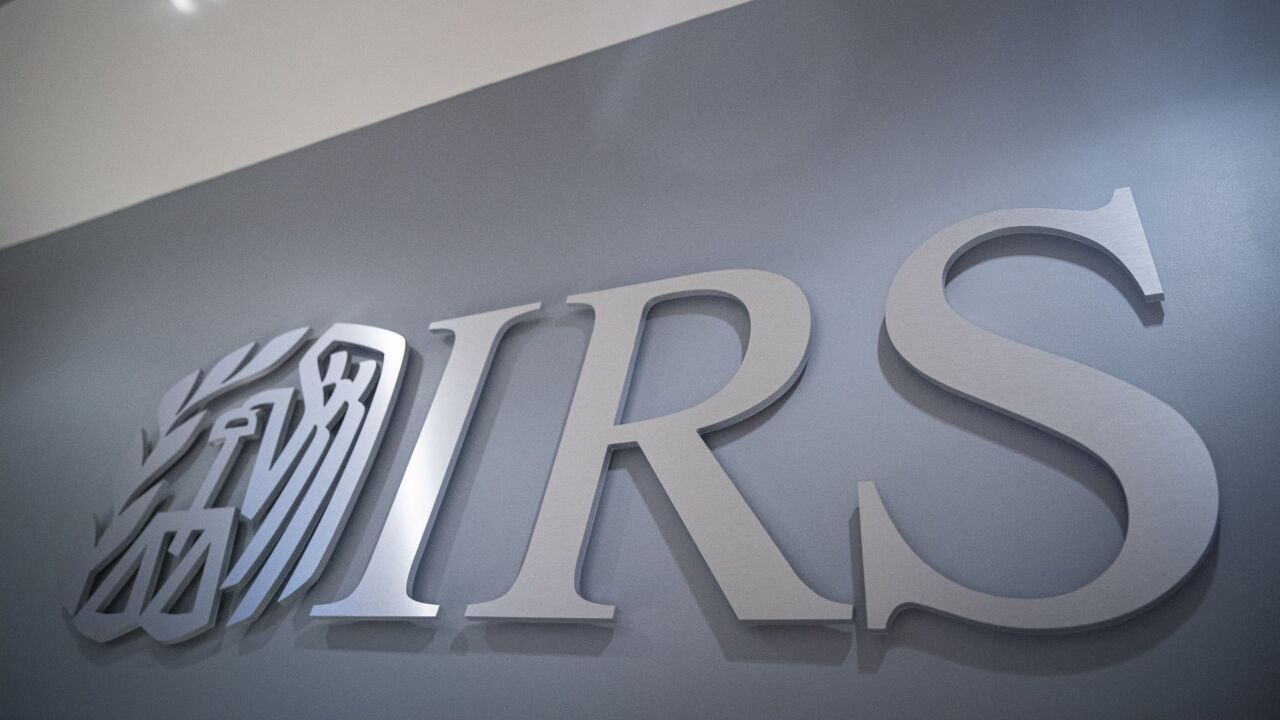After a 50-50 vote — with Vice President J.D. Vance providing the tiebreaker — the Senate passed its version of the budget reconciliation bill. The bill now goes back to the House where it faces an uncertain future.
The Senate version differs in many respects from the House-passed version — and even in some respects from the Senate Finance version.
Below are some of the major provisions:
- SALT limit. The state and local tax deduction limit was increased to match the House version with a $40,000 limit, adjusted for inflation, except it reverts to $10,000 in 2030. There is also a phase-down for modified adjusted gross incomes above $500,000, but never below $10,000. The provision to limit the pass-through entity workaround was dropped from the bill. It is not clear how this will be received by House Republicans, who pushed for a permanent $40,000 limit.
- Senior deduction. The senior deduction remained at $6,000 in the Senate version, through 2028, compared to $4,000 in the House version. It includes a phase-out at MAGI of $75,000, $150,000 for joint filers. This should not result in a large fight with the House except over the cost.
- Child Tax Credit. The Senate bill raises the CTC to $2,200, indexed for inflation, and makes it permanent. The $1,400 refundable credit is made permanent. The $500 dependent credit is also made permanent. A Social Security number is required for the credit. This is not significantly different from the House version.
- Moving expense deduction. The Armed Forces moving expense deduction is expanded to include members of the intelligence community.
- Child and Dependent Care Credit. The Senate proposes to increase the maximum credit to 50% from 35%, while preserving a 20% minimum credit.
- Charitable deduction for nonitemizers. The Senate bill proposes a larger deduction of up to $1,000 ($2,000 for joint filers). It also proposes a new 0.5% floor on itemized individual charitable contributions and a 1% floor on corporate contributions.
- Excise tax on college endowments. The Senate proposes a smaller excise tax on the investment income of endowments of private universities and colleges than the House, with the current rate of 1.4% on endowments of$500,000 to $750,000; 4% on endowments of $750,000 to $2,000,000; and 8% on endowments over $2,000,000. Some House Republicans may push to retain the much higher tax rates in the House version.

- Clean energy provisions. Like the House, the Senate version includes terminations of many of the clean energy provisions from the Inflation Reduction Act. The clean vehicle and energy efficient home provisions tend to terminate by the end of 2025. However, several of the industry-focused provisions tend to have terminations more spread out than the House version. There may be some fight in the House over these longer terminations.
- International provisions. The international provisions in the Senate bill are revised from the House version and also from the Senate Finance version in several respects. It is not clear that the differences will be a major problem in the House.
- Direct File. In an interesting change, rather than just terminating Direct File, the IRS's recently developed free tax-filing system, the Senate version proposes to fund a study on a private/public partnership to expand Free File to a larger percentage of taxpayers. This may be an issue with some House Republicans.
- Deficit. The Senate used an unusual budget gimmick to take the position that making permanent provisions that are already in the Tax Code does not require that those extensions be paid for under budget reconciliation. This has left the Senate bill with a projected $3.3 trillion addition to the deficit. Some House Republicans are already raising objections to this result.
- Medicaid. While not a tax provision, it appeared that the House Medicaid reductions would cause problems in the Senate. However, the Senate version also includes similar Medicaid deductions, so this may not be a major issue as the bill returns to the House. Some House Republican members wanted greater Medicaid cuts, others wanted fewer cuts. It may balance out in the final debate.
- Senate parliamentarian. The Senate parliamentarian rejected several of the provisions in the legislation, some of which had come from the House. This helped upset some of the funding balance and brought calls for replacement of the parliamentarian. However, many experts had predicted that some of the provisions would not pass muster under the budget reconciliation rules. The House will have to address the changes made by the Senate parliamentarian.
- Other provisions. There are many other tax provisions included in both the House and Senate versions of the legislation. In addition to the differences highlighted herein, the House may want time to consider these many differences even though the differences have not been highlighted in the public discussions. Some of the House provisions may have had support from a particular House Republican who may object to changes to a provision that they had promoted.
Summary
Predictions are that the Senate bill may face significant hurdles in the House. However, it was expected to face significant hurdles in the House the first time around, and it was also expected to face significant hurdles in the Senate. Both versions passed by the narrowest of margins.
All of the congressional Republicans want to extend the individual provisions of the Tax Cuts and Jobs Act and none of them want to give up on budget reconciliation and be forced to negotiate with the Democrats. There will be a lot of pressure to not be the Republican who scuttles the legislation.





